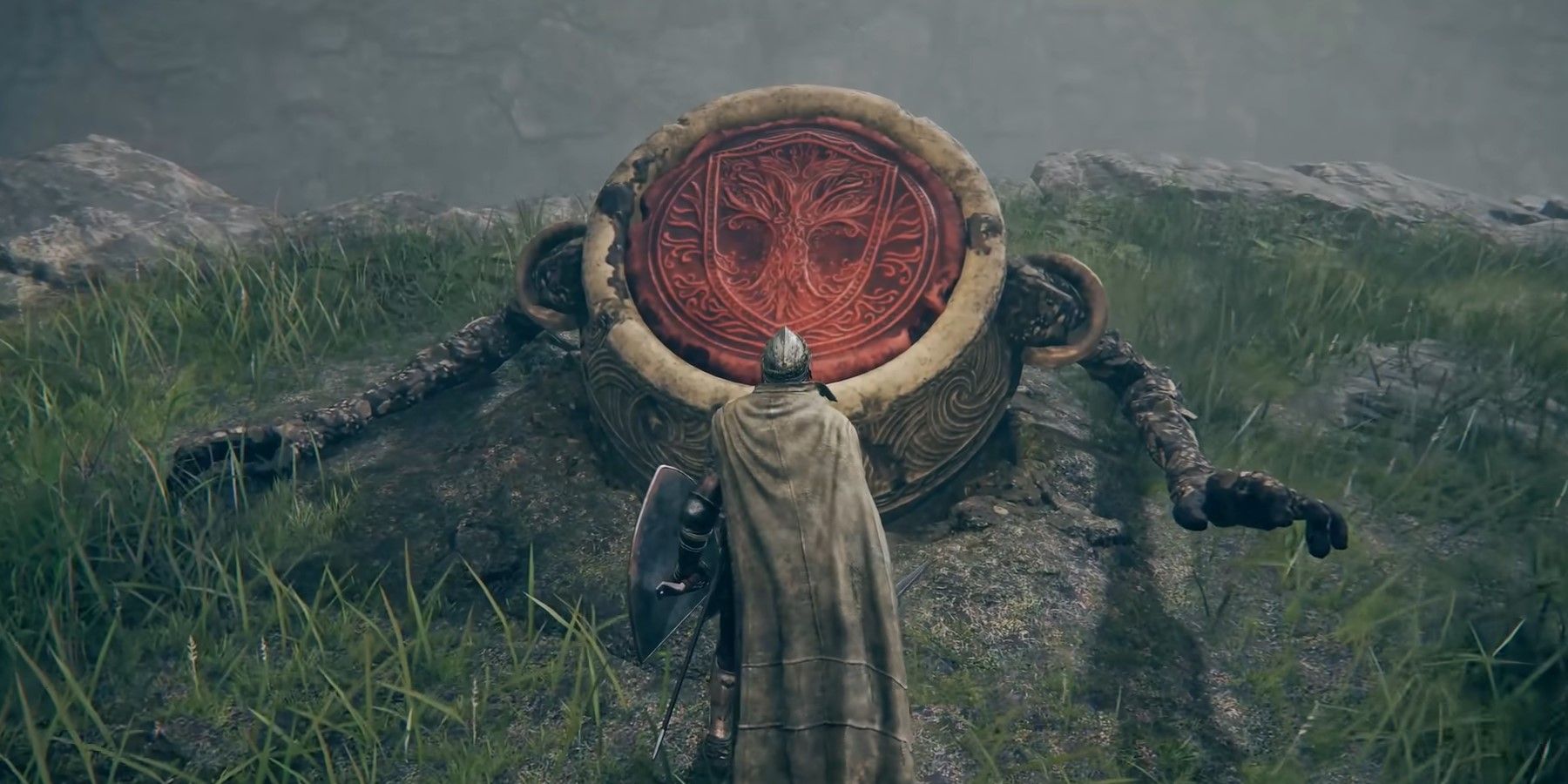Just before the turn of the 20th century, Mr. and Mrs. Thomas Otto moved into a beautiful Queen Anne-style colonial home in Key West, Florida, bringing their three sons, including young Robert Eugene Otto and his unusual best friend – a 3- 0.91 meter tall doll, filled with straw, also named Robert.
The doll had been a gift from Gene’s grandfather, who had purchased the life-size toy on a trip to Germany. It was made by the Steiff company, makers of the famous teddy bear, although it was never sold as part of a toy line for the company. The doll is believed to have originally been part of a collection of clown and jester dress up dolls designed for a store window.
This all seems perfectly normal and all within the realm of reasonableness, doesn’t it? What makes Robert truly different from any other doll are the paranormal events that have surrounded his existence for 117 years. We spoke to Jessica Schreckengost, general manager of The Artist House in Key West, Florida, which now operates as a bed and breakfast and was once the home of Robert the Doll.
The story of Gene and Robert
Robert Eugene Otto was called Gene. By all accounts, he was a completely normal boy, except for his strange relationship with Robert, his doll.
People who knew Gene knew Robert. They were inseparable. Gene treated Robert less like a doll and more like a living playmate, a confidant. In fact, the little sailor suit that Robert wears to this day was an old one that Gene wore and passed down to his doll.
Anecdotes from Gene’s childhood tell of a doll who was both a friend and an alter ego. Typical for young children of Gene’s age, all of his mischievous behavior was blamed on Robert. “I think Robert was a scapegoat for Eugene. ‘I didn’t eat that candy, Robert did!'” Schreckengost says. “I think he has developed a reputation for being mischievous, and as the story has been told and told, it has transformed. I think he has something special going for him. He likes to be respected. Bad luck happens to those who are not respectful.”
The stories claim that the servants of the Otto household heard Gene speaking in two distinct voices in his room, alone. Some nights Gene woke up screaming. One night in particular, his parents rushed in, expecting to quell a nightmare, and found the room ransacked, furniture overturned, and Gene curled up in a frightened ball. Their son blamed the doll sitting on his bed, staring and motionless by the time the parents arrived.
Most children grow up from imaginary friendships with dolls. Gene no. Stories of Robert’s odd behavior continued into adulthood. “Everyone had a doll or a toy that they imagined or wanted to experience at some point growing up,” Schreckengost explains. “Robert’s story appeals to people because it’s a relatable story that just went a little wrong.”
The artist’s house
Time passed and Gene became a well known artist in the area. He studied at the Academy of Fine Arts in Chicago and at the Art Students League in New York. Eventually he traveled to Europe to refine his craft. In Paris, he meets his future wife, Anne Parker; the two were married in 1930. No, Robert was not the ring bearer, but he was still present in Gene’s life, much to Anne’s dismay.
Gene inherited his parents’ house on Eaton Street after their deaths. He continued his artistic career from home, which he named The Artist House, living with Robert the whole time. Some say his wife, Anne, a concert and jazz pianist, asked that the doll be locked up in the attic; he made her uncomfortable. But Robert did not take lightly to be sequestered in a dusty loft.
According to Schreckengost, there were reports that people walking around the house clearly saw the sunburned doll sitting in Gene’s old bedroom window, although Gene had permanently locked it in the attic. . Gene was checking the room and, indeed, found Robert sitting in a rocking chair by the window. Gene took him back to the attic several times only to find that each time he had returned to his preferred position by the window.
In 1974, Myrtle Reuter purchased The Artist House after Gene’s death. She also babysat Robert for a while. Guests who visited the house claimed to have heard footsteps and laughter through the floors above them. Some even say that his expression would change. After six years, she left home but kept Robert; they lived like this for 20 years until she donated it to the Fort East Martello Museum in 1994, claiming it “moved around her house alone and was haunted”.
Life goes on for Robert at the Fort East Martello Museum
Robert has resided at the museum since 1994, retired from children’s games, but not from his mischievous antics. The East Martello Museum asks visitors to ask Robert’s permission before taking photos; those who do not want to do so are supposed to meet horrible misfortunes. Although he had worked for The Artist House for several years, it took Schreckengost a while to finally visit the doll. When she did, it was a moment she will never forget. “I couldn’t bring myself to ask a doll for permission to take a picture. So I didn’t. I was using a digital camera and as soon as I left I tried to look at my Only the last few photos I took were on it, and it would never save photos again,” she said.
Most people are just curious about the century-old doll. “I think he has a charming side,” says Schreckengost. “I think a lot of people have an attachment to him. He’s not downright bad, he’s more of a player than anything else.”
At The Artist House, Robert is not just a story. Guests, including ghost hunters, film crews, and Robert’s groupies, come to spend a night at the infamous house. “People love the story. It’s fascinating and they love being able to stay in Robert’s room,” says Schreckengost. “I believe that even if we didn’t share the story, it would still be well known. We are part of the various ghost tours that feature the property nightly.”
Abnormal activity continues in the house, even for Schreckengost. “We had a brand new computer that worked great for three months. One day while I was typing, the words were all typed upside down,” she explains. “I couldn’t fix it with a new keyboard, new mouse, computer reset, etc. The technician who came was baffled and had no explanation.”
The guests aren’t spared from the paranormal either; they write their experiences in the guestbook of the B&B. “We have guests who report strange incidents, nothing scary, that can’t be reasonably explained. I have a logbook where I ask guests who are going through something to share their stories,” Schreckengost says.
Does Robert play from a distance, like in the good old days? Or is he hiding in the shadows trying to find a comfortable chair in a window? Others have speculated about Robert’s intentions, and he was even the subject of a 2015 horror movie, aptly titled “Robert.” There have since been four sequels, “The Curse of Robert the Doll” in 2016, “The Toymaker” in 2017, “The Revenge of Robert the Doll” in 2018 and “Robert Reborn” in 2019.
For the love of Robert
To this day, people from all over the country write letters to Robert. The museum says it has over a thousand personal letters. Some apologize for disrespecting him in the past, hoping he will stop wreaking havoc on their lives. Others want to visit the beloved doll and say hello. “I think it’s gotten better with age. The wear is getting endearing,” says Schreckengost. “I think Robert picks people he wants to be close to, and there’s a connection.”




